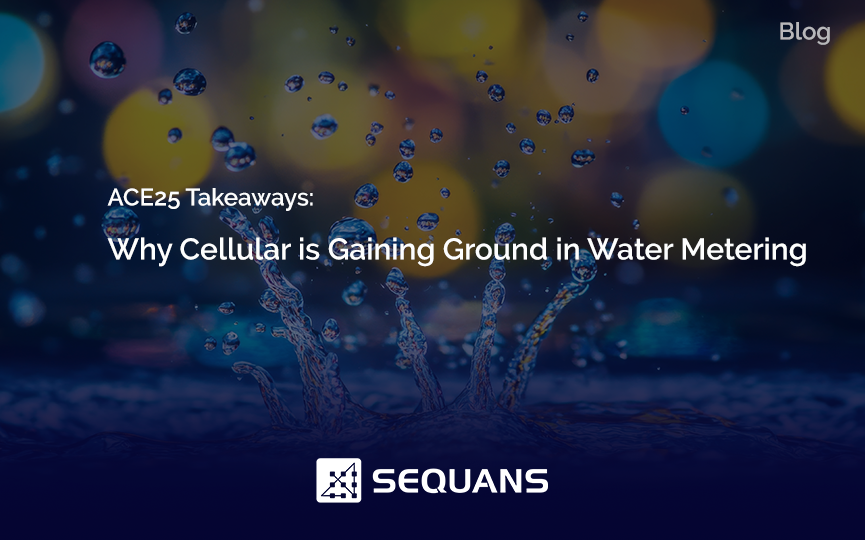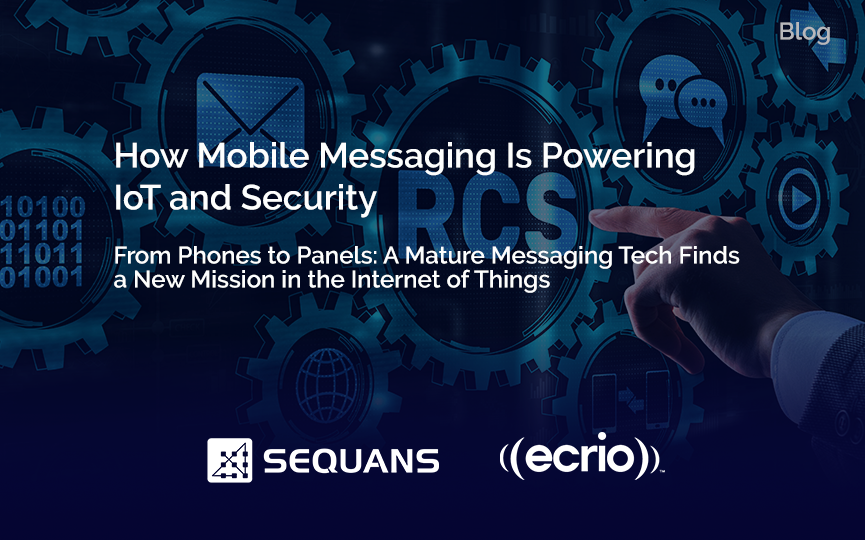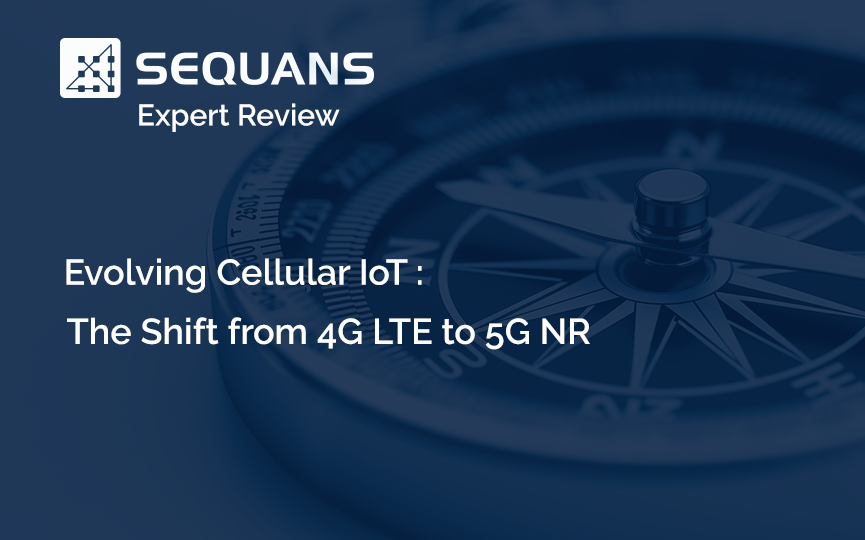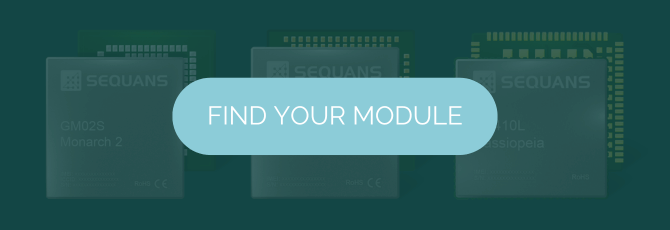Visiting ACE25 for the first time in June 2025, our team returned energized by the momentum within the U.S. water utility ecosystem. The American Water Works Association (AWWA) has created a vibrant platform for collaboration, innovation, and industry-wide engagement.
Conversations across the show floor deepened our understanding of how the U.S. water utility landscape is evolving—and why cellular connectivity is becoming increasingly relevant in this space.
Understanding the U.S. Water Utility Landscape
The U.S. is home to approximately 51,000 drinking-water utilities and 15,000 wastewater utilities, serving over 286 million people. Compared to electric utilities, the water sector is highly fragmented:
- 80% of utilities serve fewer than 3,300 people.
- Less than 1% (fewer than 500 utilities) are considered “very large” (serving >100,000 people), yet they serve nearly 50% of the population—with leaders like LADWP reaching over 4 million service points.
- Around 4,400 utilities (about 9%) collectively serve over 80% of the population.
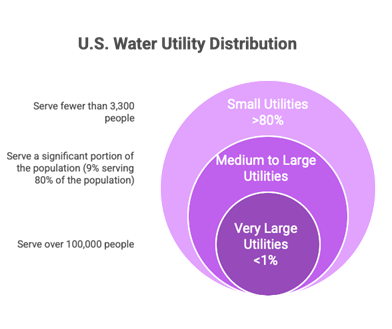
This concentration at the top—combined with fragmentation across smaller providers—creates both complexity and opportunity in infrastructure modernization.
Anatomy of a Smart Water Metering Network
A typical smart water metering system includes:
- Endpoint meters – equipped with RF modules or MIUs (Meter Interface Units).
- Gateways/Collectors – used for drive-by, fixed, or mobile data aggregation.
- Backhaul connectivity – via cellular, ethernet, or fiber.
- Head-End System (HES) – for device authentication and data collection.
- Meter Data Management System (MDMS) – for analytics, billing, and operational planning.
Beyond the end point meters, the broader distribution network includes valves, pressure sensors, fire hydrants, and other monitoring points for water level or quality and leak detection. Some are connected, others are not—but there’s growing interest in extending connectivity to more of these elements, particularly via cellular backhaul and low-power wireless links.
Communications Tech in Play: From ERT to Cellular
U.S. water utilities today use a mix of wireless technologies for smart metering:
- ERT (Encoder Receiver Transmitter): Still widely used, particularly for drive-by data collection.
- LoRaWAN: Offers solid range and performance in both urban and rural areas.
- Sub-GHz mesh: Employed in dense deployments where infrastructure allows.
- Cellular (LTE-M and NB-IoT): Gaining traction due to nationwide coverage, deep building penetration, and carrier-grade reliability.
We also observed some endpoint devices integrating multiple technologies to ensure flexibility across varying deployment environments.
Finally, unlike with electric utilities, private cellular networks are less common in the water space, largely due to scale and a lower requirement for real-time control. Still, interest is rising in hybrid and public LTE/NB-IoT strategies.
Market Momentum: Infrastructure Investment Rising
The U.S. water utility sector is in the midst of major infrastructure upgrades, supported by both federal incentives and local modernization efforts.
Over $170 billion in capital expenditure (CAPEX) is forecast over the next four years. Much of this is driven by a mix of aging infrastructure and a growing demand for data—especially where battery-powered connectivity is key.
How Sequans Delivers Unique Value
At Sequans, we’ve built cellular chipsets and modules that meet the specific needs of battery-powered smart utility endpoints—including meters, sensors, and valves.
Our Monarch 2 platform (LTE-M / NB-IoT) stands out for its ultra-low power consumption and proven performance in field deployments. Key features include:
- Deep sleep and extended eDRX/PSM modes for maximum battery life.
- Low voltage operation (VBATT down to 2.2V) to extract the most from lithium batteries.
- Smart transmission logic (e.g., listen-before-transmit) to reduce retries in poor signal conditions.
- Support for eSIM and local profile switching, enabling reliable operation across changing network environments, ensuring maximum and reliable coverage.
- Antenna diversity for improved signal quality and reduced power usage.
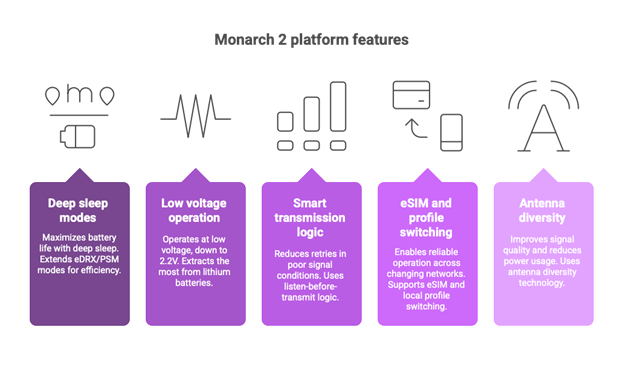
On top of this, our Western-developed chipsets and modules come with robust technical support and integration experience. Whether customers are building for today’s LTE-M networks or planning a path to 5G eRedCap, Sequans is a trusted partner ready to support scalable, low-power solutions in water metering and beyond.
Final Thoughts
ACE25 confirmed what we already believed: water utilities are investing, the ecosystem is maturing, and connectivity is becoming a critical enabler. Sequans is proud to bring proven technology, deep expertise, and forward-looking solutions to the water space—helping utilities connect, monitor, and control what matters.
